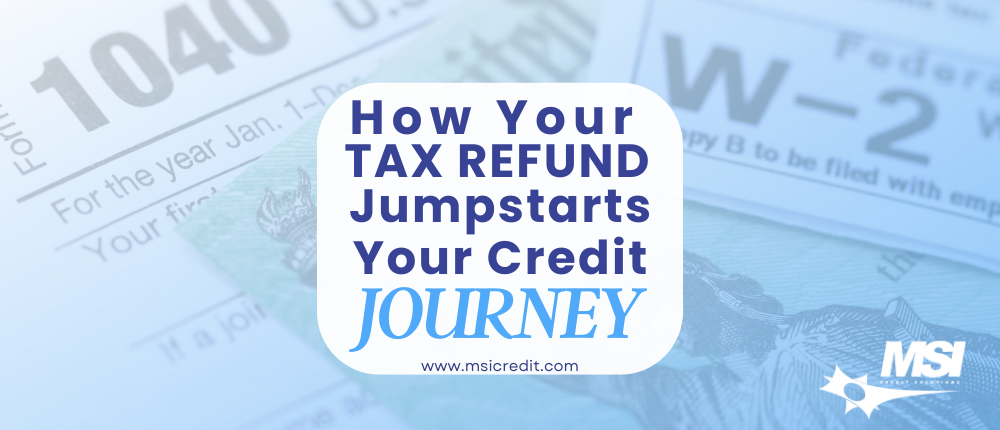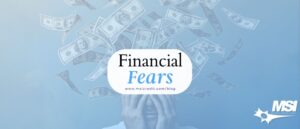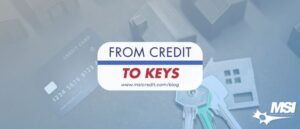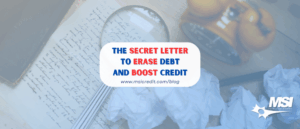In 2025, your tax refund isn’t just extra cash—it’s a powerful tool for transforming your financial future. With the average tax refund hovering around $3,000, you have a golden opportunity to make significant strides in repairing your credit and reducing debt.
Strategic Debt Reduction Techniques
1. Target High-Interest Credit Card Debt
- Prioritize credit cards with the highest interest rates
- Example: A card with 24% APR costs you $240 annually for every $1,000 of debt
- Paying off these balances can immediately improve your credit utilization ratio
- Aim to reduce balances to below 30% of your credit limit
2. Settle Collection Accounts
- Negotiate with collection agencies for a reduced payoff amount
- Get settlement agreements in writing
- Request a “pay for delete” arrangement to remove negative marks from your credit report
- Pro Tip: Always negotiate a complete removal of the negative item, not just a status change
Smart Refund Allocation Strategy
Recommended Breakdown:
- 50% – High-Interest Debt Elimination
- 30% – Emergency Fund/Savings
- 20% – Additional Credit Repair Efforts
Immediate Credit Score Impact Techniques
1. Credit Utilization Reduction
- Lower credit utilization = Faster credit score improvement
- Goal: Keep credit utilization under 30%
- Example: If you have $10,000 in total credit limits, keep balances under $3,000
2. Debt Consolidation Options
- Consider a personal loan to consolidate multiple high-interest debts
- Potential benefits:
- Single, lower interest payment
- Simplified debt management
- Potential credit score boost from diversified credit mix
3. Secured Credit Card Strategy
- Use a portion of your refund as a security deposit
- Establish a new credit line with minimal risk
- Build positive payment history
- Typical deposit: $200-$500
Avoiding Common Pitfalls
❌ DON’T:
- Spend the entire refund on non-essential purchases
- Ignore underlying spending habits
- Fail to create a follow-up financial plan
✅ DO:
- Create a detailed debt repayment strategy
- Track your progress monthly
- Set up automatic payments
- Continue building emergency savings
Real-World Impact Example:
Sarah’s Credit Repair Journey:
- Tax Refund: $3,200
- Paid off $2,000 in credit card debt
- Opened a secured credit card with $500
- Saved $700 in emergency fund
- Credit Score Improvement: 45 points in 3 months
Additional Resources for Credit Repair
- Free Credit Monitoring Tools
- Credit Counseling Services
- Budgeting Apps
- Financial Education Workshops
Next Steps:
- Pull your complete credit report
- List all outstanding debts
- Prioritize high-interest accounts
- Create a comprehensive repayment plan
- Consider professional credit repair consultation
Why Professional Guidance Matters
While these strategies provide a solid framework, every financial situation is unique. Our credit repair specialists can:
- Analyze your specific credit profile
- Develop a personalized debt reduction strategy
- Provide ongoing support and guidance
Call to Action:
Don’t let your tax refund slip away! Schedule a FREE consultation with MSI today and turn your refund into a powerful credit repair tool. Our experts are ready to help you take control of your financial future.
Disclaimer: Individual results may vary. Consult with financial professionals for personalized advice





